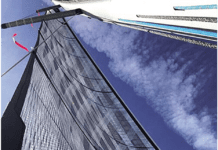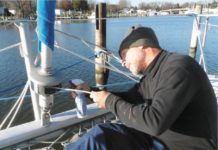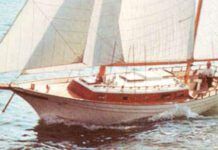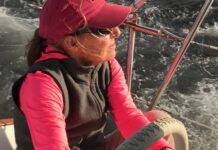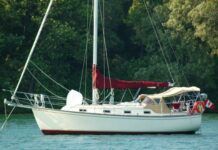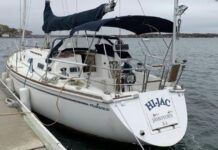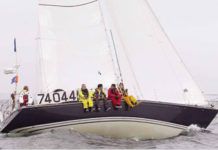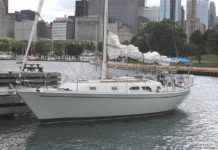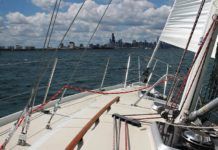Cheoy Lee Clipper 36 & 42 Used Boat Review
Cheoy Lee Shipyards of Hong Kong has been a commercial builder since the early 1900s and is one of the first molders of fiberglass boats in Asia. Production of fiberglass boats began in the early 1960s and continues today, although the company-like many big yards around the world-has turned its focus toward commercial ships and the mega-yacht market. Looking at the line of 78- to 100-plus-foot yachts catering to Far East millionaires and billionaires, it is clear that any concerns about what would happen to Cheoy Lee when Hong Kong reverted to China were way off target.
Affordable Cruising Sailboats, Continued
In a search for a budget cruiser, Practical Sailor has made it a point over the years to look at used boats from a prior...
Island Packet 31 Used Boat Review
In the 13 years since naval architect Bob Johnson founded Island Packet Yachts, he's developed quite a following. We've had many requests to review one of his boats, mostly from satisfied owners. The others have come from couples considering the boat for living aboard and cruising. In a period when most boatbuilders are foundering, Island Packet has found a niche and is servicing it admirably.
Pearson 37 and 37-2 Used Boat Review
This 1981 Bill Shaw design is a late-IOR racer/cruiser.
Pearson Rhodes 41/Rhodes Bounty II Used Sailboat Review
Buyers looking for a good used sailboat should ask themselves, When is a bargain really a bargain? The time-tested Pearson Rhodes 41 is one of the most popular boats on the used-boat market. They have a strong following, and an aging Pearson 41 with a previous owners accumulated TLC is one of the smartest buys among used boats. The Pearson 41 is a modest draft sailboat with a lean, long overhang and real sea berths. It features a solid fiberglass hull with encapsulated lead ballast. The low-aspect sailplan, which relies on a big genoa to boost horsepower. The Pearson 41 has an easy motion and enough functional space to qualify as a good inshore or offshore cruiser. It makes an excellent DIY candidate. Most of the 50 Pearson Rhodes 41s, built from 1961 to 1968, are still around today and have a cult following, making it one of the most sought-after used boats.
C&C 40 Used Boat Review
While C&C did not invent the racer/cruiser, the Canadian-based company has remained dedicated for two decades to the concept of the dual-purpose boat. With the notable exception of a few pure cruisers-the relatively low-performance Landfall 35, 42, 43, and 48-a racer-based cruising boat (the Landfall 38), and a real oddball (the Mega 30), most C&Cs have paid at least lip service to contemporary trends in racing boats.
Cabo Rico’s Classic Cutter
Still going strong after more than 35 years, the Bill Crealock-designed Cabo Rico 38 is much admired for its strength, seakeeping ability, and teak joinery work. While the original beauty was out of reach of the average cruiser, the recession has put enough of a dent in this market that some attractively priced boats are popping up now and then. With the molds for this popular boat in limbo, it could well be that the only Cabo 38s well see in the future are those that are out sailing today, and this shouldnt hurt their value.
Bob Perrys Salty Tayana 37-Footer Boat Review
With several hundred boats sailing the seas of the world, the Tayana 37 has been one of the most successful products of the U.S.s Taiwan-built boat invasion that began in the early 1970s. Its shapely Baltic stern, scribed plank seams molded into the glass hull, and lavish use of teak above and belowdecks have come to epitomize the image associated with Oriental boats.
Ericson 34-2 Finds Sweet Spot
To begin with, lets make clear which Ericson 34 were reviewing about here because Ericson Yachts has a handful of boats in the 35-foot range. Back in 1967, the first Ericson 35 was a typical Cruising Club of America cruising boat, with a long keel and attached rudder. In 1978, an IOR-inspired Ericson 34 was introduced along with the 34T (same hull with a different deck). The boat we are describing here was built by Ericson and then by Pacific Seacraft, post 1991, where it evolved into the new Ericson 35.
Deck Leaks, Mast Step Are Top Concerns
The Ericson 34-2 hull hand-laminated monocoque structure made from a single mold.













